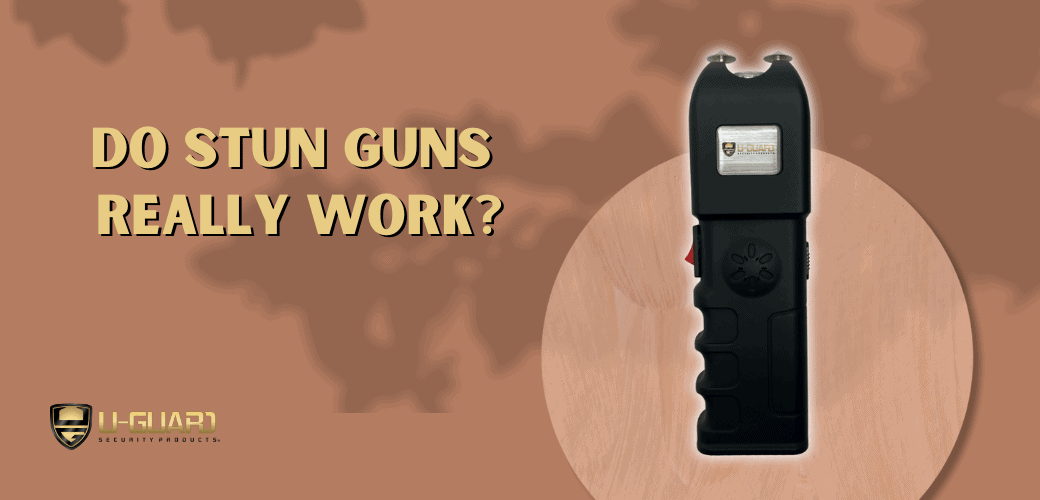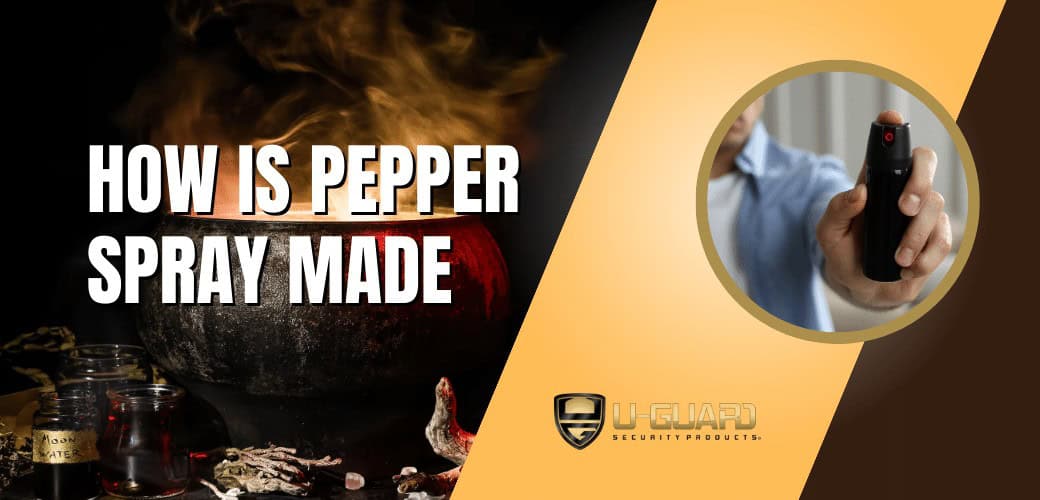If you’ve ever wondered about the science behind the strongest stun guns, you’re in the right place. From the power source to the voltage and milliamps, we’re diving deep into what makes a stun gun pack a punch. Let’s break it all down!
The Heart of the Matter: What Powers a Stun Gun?
Alright, let’s get to the nitty-gritty of what juices up a stun gun, because, let’s be honest, we’re all a bit curious about how these devices can stop an attacker in their tracks. At the core of the strongest stun gun, you’re looking at two major players: the battery size and the spark gap. It’s kind of like putting together a superhero team where each member has their own unique power.
Imagine the battery as the powerhouse or the ‘muscle’ of the operation. A bigger battery doesn’t just mean you’re lugging around extra weight for the fun of it. Nope, it’s actually there to provide a beefier energy supply, giving your stun gun more oomph to produce that oh-so-important electrical charge. It’s all about having the stamina to deliver a shock that packs a real punch.
Now, on to the spark gap – think of this as the ‘precision’ in the team. It’s not just about throwing power around willy-nilly; it’s about directing that power exactly where it needs to go. The spark gap is essentially the distance the electricity needs to jump. Getting this distance just right is crucial. Too small, and you might as well be zapping with a toy. Too large, and the electricity won’t make the leap at all. It’s all about finding that sweet spot where the electricity can jump effectively to deliver a stun that stops attackers in their tracks.
So, when you’re sizing up a stun gun, remember: it’s the dynamic duo of battery size and spark gap that really determines the power behind the punch.
Voltage vs. Milliamps: What’s Actually Zapping the Bad Guys?
Let’s tackle a common misconception head-on: while voltage often gets the spotlight in stun gun discussions, it’s not the solo star of the show. Think of voltage as the delivery guy—it’s crucial because it brings the current to the party, but it’s the milliamps that actually do the heavy lifting. Imagine you’re at a concert. Voltage gets you through the door, but milliamps are the band, creating the experience that leaves you buzzing.
Now, here’s where it gets spicy: those milliamps, they’re the real deal when it comes to laying the smackdown on an attacker. It’s these little guys that are responsible for the discomfort, the pain, and the temporary paralysis. But, and it’s a big but, it’s not about cranking those milliamps to the max without thinking. More isn’t always better. Just like listening to music too loudly can hurt, too many milliamps could potentially be dangerous. We’re looking for that perfect volume, enough to stun and stop an attacker, but not cause serious harm. The standard milliamps in a quality stun gun ranges from 4.7 to 4.9 mA (milliamps) to be considered a less lethal weapon. At U-Guard Security Products we test and make sure all our stun devices sold, and manufactured fall in the highest range to be the most effective stun devices for self defense.
So, while the voltage is making sure the current arrives where it needs to go, it’s the milliamps that are dancing the dance, making sure the stun gun does its job effectively. It’s this delicate balance between the two that ensures when you press that button, you’re getting a self-defense tool that’s safe, reliable, and, most importantly, effective.
Why Microcoulombs Matter in Measuring Stun Gun Strength
Diving into the world of stun guns, you might get caught up in the buzz around voltage and milliamps. But let’s shine a spotlight on a lesser-known hero in this story: microcoulombs. These tiny guys are like the measure of ‘oomph’ your stun gun delivers. Picture microcoulombs as the amount of juice a lemon gives when you squeeze it—the more juice, the tangier the lemonade. Similarly, the higher the microcoulombs, the more electrical charge is getting pumped into your target, making the stun gun’s impact more formidable.
Think of it this way: you’ve got a stunning cake (your stun gun) that’s got all the right ingredients – voltage, milliamps, you name it. Microcoulombs measure how sweet this cake is going to taste. Without enough sweetness, it just won’t hit the spot. In stun gun terms, if your device isn’t packing enough microcoulombs, it might not deliver the stopping power you’re counting on.
It’s not just about zapping with high voltage or cranking up the milliamps; it’s about that perfect blend that makes your attacker take notice. And that’s where microcoulombs step in. They’re your guarantee that when you reach for your stun gun, it’s not just going to threaten with noise and sparks—it’s going to deliver a charge that commands attention. So, when you’re sizing up your options, keep a keen eye on those microcoulombs. They’re the silent, but oh-so-important, ingredient in the recipe for a powerful and effective stun gun. Note in short – A microcoulomb is a measure of electrical quantity – the higher the μC value, the more it hurts!





